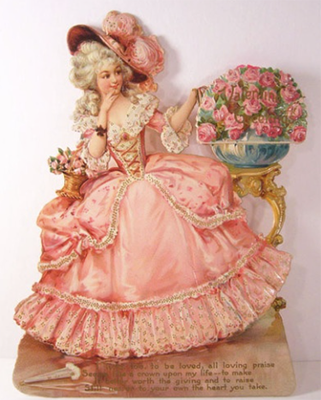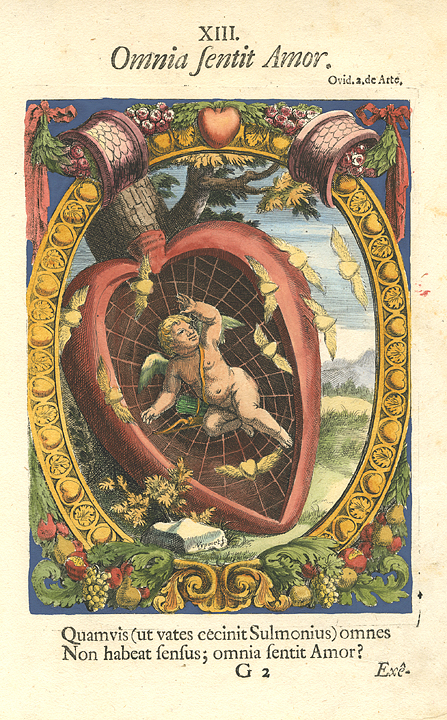
The History of Valentine's Day
Share
In our new Covid world, we’re all trying desperately to find creative ways to connect with one another. Valentine’s Day offers the perfect occasion to do just that, whether we are together or apart from our loved ones. Who doesn’t want to celebrate love, fun and romance these days?
When Grace asked me to guest blog, I decided to research the history of Valentine’s Day and was surprised to find that the origin dates back as far as 496AD. Religious history records that the Catholic church created its own festival on February 14, marking the death of St. Valentine, a Roman martyr, as a disapproving reaction to the pagan celebration on February 15 of Lupercalia, a festival of fertility and spring. Legend has it that while St. Valentine was imprisoned by the Roman Emperor Claudius III, the priest befriended and healed the jailer’s daughter. It’s said that Valentine sent letters to the girl, some even suggest they were love letters, he signed “your Valentine.” Over the course of time, the two festivals merged, and February 14 became known and celebrated as “a day of romance.”

The oldest known Valentine dates back to February 1415 and is housed in a museum in London. It’s a poem written by Charles, the Duke of Orleans, to his wife declaring his love for her while he was imprisoned in the Tower of London following the battle of Agincourt. (I love that he was the Duke of Orleans. He was French - of course he had romance in his soul!) For both Valentine and the Duke, it’s obvious that the stresses of their imprisonment had them ruminating on the love they had for the women in their lives, but they also set the tone for Valentine’s Day yet to come.

Charles, Duke of Orleans

Charles imprisoned in the Tower of London -miniature - 1415
This act of professing love on Valentine’s Day grew in popularity in the 17th and 18th centuries in London with the gifting of only small tokens of affection and handwritten notes. During the immense span of time since its origin, the ways in which we acknowledge Valentine’s Day have changed dramatically. Many of us now go all out in the celebration of love - special dinners out or home cooked, candy, flowers, or gifts - all to say, “I love you".


17th Century Amorous Mottoes

18th Century Valentines
Historically speaking, Valentine’s Day would have been great for social distancing as the declaration of one’s love and affection, back then, would have been cloaked in mystery with notes and “sweet nothings” sent anonymously to one’s true love or through an impassioned love letter from afar. Over the last few centuries, the Valentine’s Day tradition of celebrating love may have spread across many parts of the world, and although today’s gifts are sometimes more commercial, the intentions behind the day and the declarations of love remain the same: The sentiment of love is at the “heart” of today’s Valentine’s gift…(pun intended). We take one day a year to be certain that we communicate how we feel for the people in our lives whether it’s a special someone or friends and family that we love.
Xoxo,
Leslie Brennan
